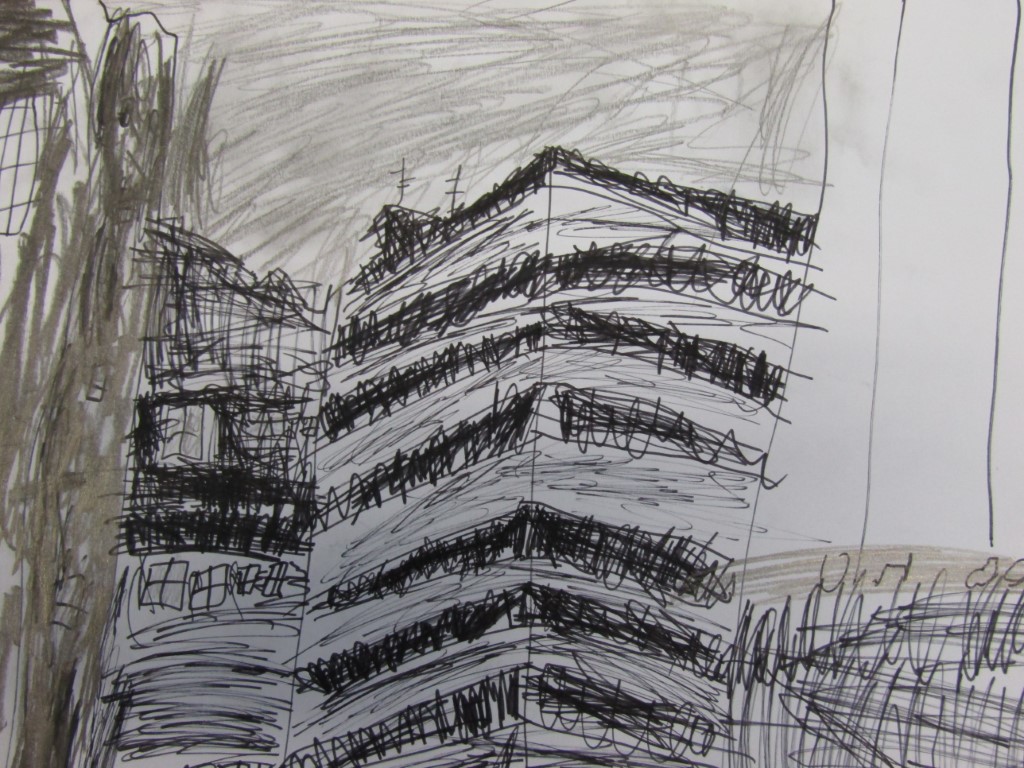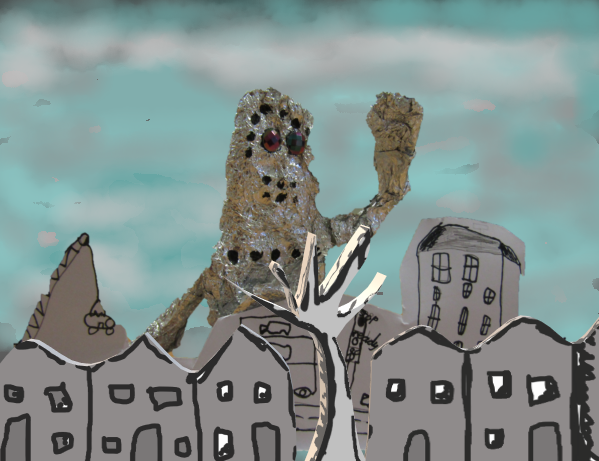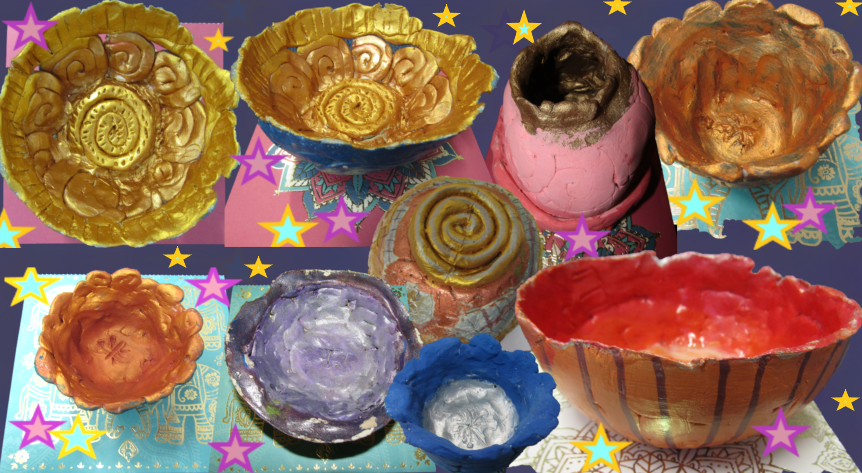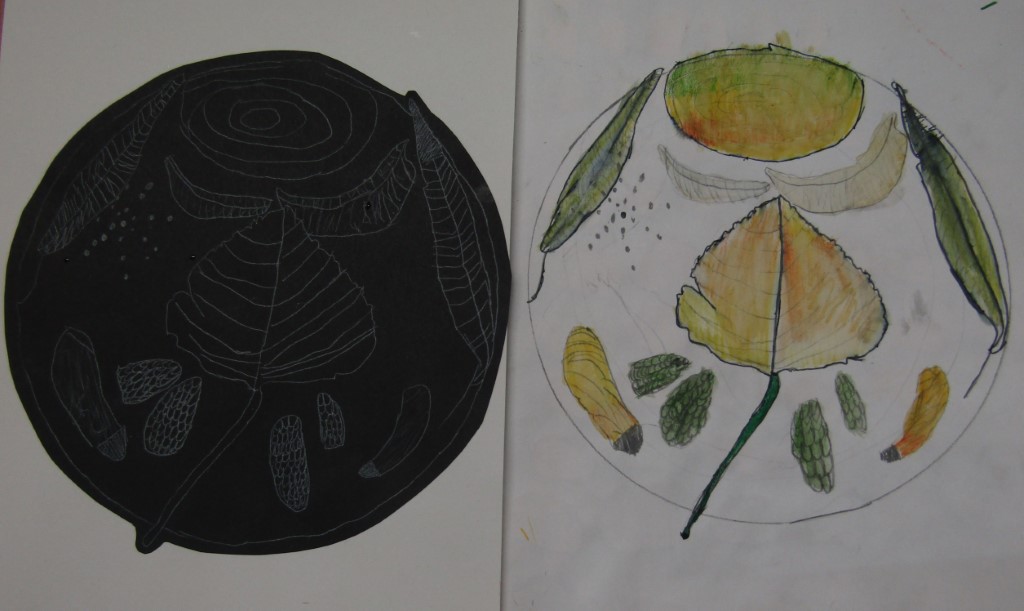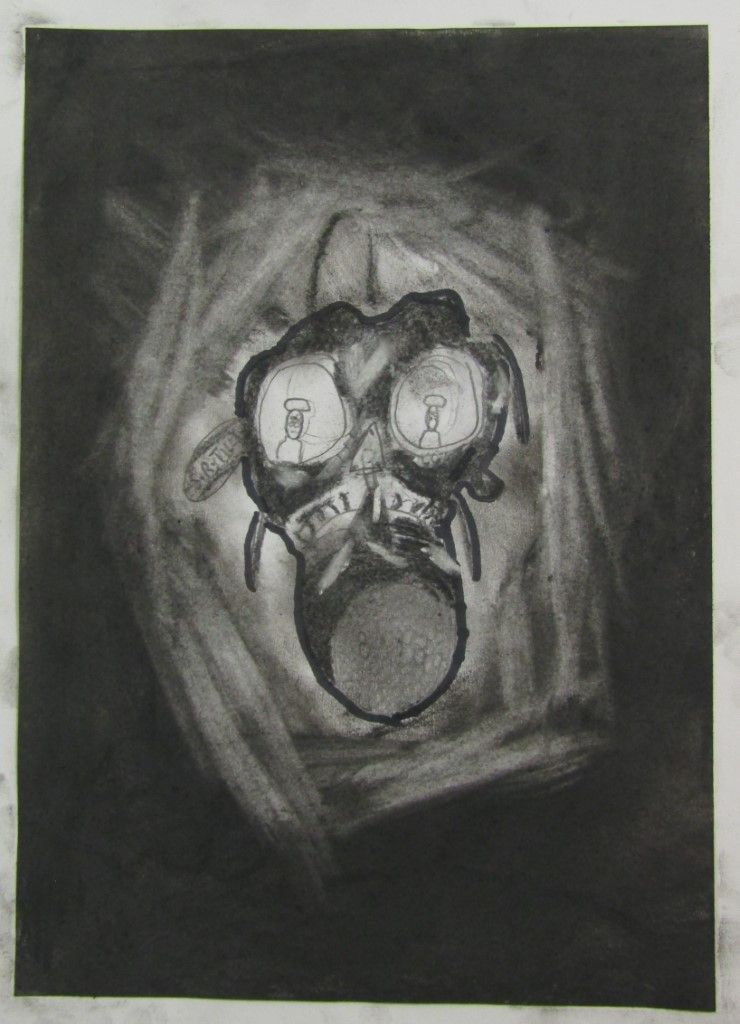Art
INTENT
Art in schools shouldn’t be sidelined… it should be right there right up in the front because I think art teaches you to deal with the world around you. It is the oxygen that makes all the other subjects breathe
Alan Parker, filmmaker
Art is fundamental to what it is to be human. For millennia we have found ways to express ourselves and respond creatively to the world around us.
Through Art, we want the children at Welland Academy to have opportunities to:
-
think creatively;
-
interpret and respond creatively to the world around them;
-
express themselves;
-
work independently and/or collaboratively;
-
build confidence and a sense of individual identity.
And to develop skills such as;
-
judgement and decision making;
-
diversity and cultural intelligence;
-
growth mindset
All of which will help to fully prepare them for the future. As Dylan Wiliam says, 'We have to prepare students for situations which we cannot envisage; which we cannot prepare them for specifically and that is why creativity is so important.'
For Art specifically, as Sheila Ceccarelli, from Access Art, says: 'What we’re trying to achieve is fluency in expressing ourselves visually and three dimensionally and in our understanding of materials.'
At Welland Acadamy we want our children to be able to:
-
Communicate an idea through drawing;
-
Express themselves though drawing, making in 2D and 3D, printmaking, digital art and sketchbooks;
-
Understand and use colour;
-
Understand how basic materials behave;
-
Illustrate;
-
Animate;
-
Take risks, experiment, explore, imagine, interpret, play and communicate;
-
Be able to interpret other peoples’ work, communicating and talking about what they’re seeing. (modified from 'Handle with Care! Why Teaching Art to Primary School Children is still Important' by Sheila Ceccarelli, 2018)
Implementation
At Welland Academy we follow the National Curriculum. The Art curriculum is as follows:
KS1 -
Pupils should be taught:
-
to use a range of materials creatively to design and make products
-
to use drawing, painting and sculpture to develop and share their ideas, experiences and imagination
-
to develop a wide range of art and design techniques in using colour, pattern, texture, line, shape, form and space
-
about the work of a range of artists, craft makers and designers, describing the differences and similarities between different practices and disciplines, and making links to their own work.
KS2 -
Pupils should be taught to develop their techniques, including their control and their use of materials, with creativity, experimentation and an increasing awareness of different kinds of art, craft and design.
Pupils should be taught:
-
to create sketch books to record their observations and use them to review and revisit ideas
-
to improve their mastery of art and design techniques, including drawing, painting and sculpture with a range of materials [for example, pencil, charcoal, paint, clay]
-
about great artists, architects and designers in history
The long term plan of the Art curriculum has been designed to ensure that there is clear progression in each of the above areas.
Each Year group provides projects which allow children to experience both 2D and 3D materials over the year so that their skills and techniques develop. This allows children to begin to make choices over which materials and techniques they would like to use when responding to a particular experience or theme. Each class in Y2, 3 and 4 have specialist art teaching every other week. In Y5, the art specialist works with each class, every week for three half-terms. In Y6, the art specialist works with each class, every week for one term. When planning the projects, we look at strong links that can be made with other subject areas but also have stand-alone projects.
Each project includes:
-
looking at artists, architects, designers or craftspeople
-
Experimenting with a range of materials and using a sketchbook
-
Learning new skills and building on ones from previous projects
-
Creating finished pieces
-
Talking about their own and other's work
The children are encouraged to make links between artists and to make choices about which materials they would like to use for their response and the ways they want to express themselves.
Work is shared through displays and on Teams where each class has an Art Channel.
Impact
The impact of the quality of education within Art will be seen in sketchbooks and finished pieces and the way that the children choose to respond and express themselves. This will be gauged through discussions with the children, the development and progression of Art skills and the outcomes of the projects. Impact will also be seen in those characteristics and wider life skills as outlined above.
